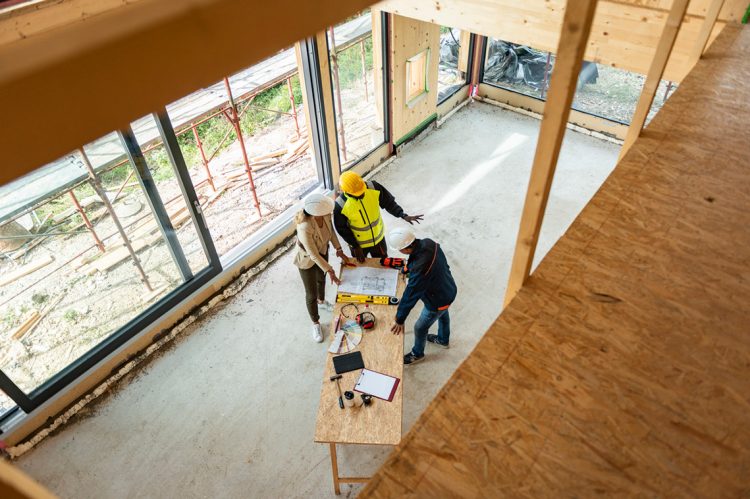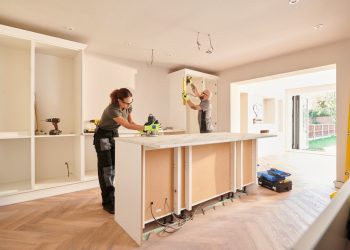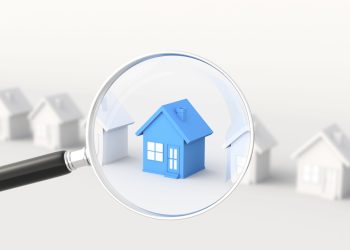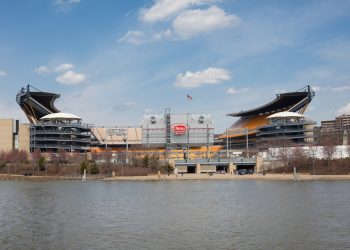U.S. homebuilder confidence decreased for the eighth consecutive month in August, dropping to its lowest level since the beginning of the pandemic, according to new data from the National Association of Home Builders (NAHB) and Wells Fargo.
The data, derived from a survey conducted monthly for over 35 years, is used to measure builder perceptions of current and expected future home sales. A score over 50 signifies that a majority of builders regard industry conditions as good.
Builder confidence in the market for newly constructed single-family homes dropped six points in August to 49, signifying, for the first time since May 2020, that most builders now view the homebuilding environment as poor.
All three indices used to calculate the total builder confidence metric (a weighted average) declined. Outlook on current sales conditions dropped seven points to 57; sales expectations for the next six months dipped two points to 47; and expectations for prospective buyer traffic fell five points to 32.
Key findings:
- 19% of homebuilders reported reducing prices in the past month to increase sales or limit cancellations.
- 69% of builders reported higher interest rates as the reason behind falling housing demand, the top impact cited in the survey.
- For three-month regional averages, the Northeast fell nine points to 56, the Midwest dropped three points to 49, the South fell seven points to 63 and the West posted an 11-point decline to 51.
The takeaway:
“Ongoing growth in construction costs and high mortgage rates continue to weaken market sentiment for single-family homebuilders,” said NAHB Chairman Jerry Konter, a home builder and developer from Savannah, Georgia. “And in a troubling sign that consumers are now sitting on the sidelines due to higher housing costs, the August buyer traffic number in our builder survey was 32, the lowest level since April 2014 with the exception of the spring of 2020 when the pandemic first hit.”
“Tighter monetary policy from the Federal Reserve and persistently elevated construction costs have brought on a housing recession,” said NAHB Chief Economist Robert Dietz. “The total volume of single-family starts will post a decline in 2022, the first such decrease since 2011. However, as signs grow that the rate of inflation is near peaking, long-term interest rates have stabilized, which will provide some stability for the demand-side of the market in the coming months.”
For more information, visit www.nahb.org/hmi.












